
THIRD PRIZE: 2012 national competition project #075 | cafeteria redesign
Identifying the Problem:
-School cafeterias seem mostly to be spaces for nourrishment and social gathering. At times these spaces may feel dark and crowded, along with
other interferences that may induce discomfort, and this each person experiences in different ways. So, why not attempt at appeasing all of these
experiences.
These are the things that should be thought of as problems with solutions that require being often observed, analyzed and evaluated:
-- Lighting (artificial/natural), how it affects people and their performance
-- Outdoors- providing shelter from heat of the sun (position of sun in relation to site)
-- Circulation of traffic-flow, which could result in less areas of congestion
-- Making the facilities accessible to all
-- Furnishings/Seating options and how their arrangement could affect circulation
-- Material and its impact on the environment
-- SUSTAINABILITY, effective use of energy (appliances), use of materials, disposal of waste, etc.
-- Color, space, form and the overall aesthetic
-- Offer an environment that encourages healthy eating and stimulating conversation
Objective: To create a space that is inviting yet fulfills the purpose that it serves (A Cafeteria). As well as keeping in mind the ideal of comfort and
making sustainably conscious decisions.

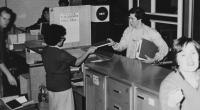


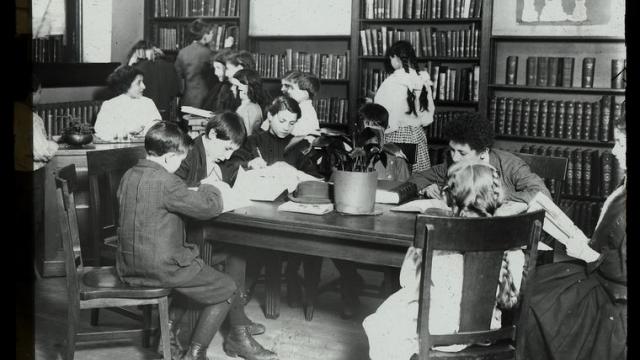
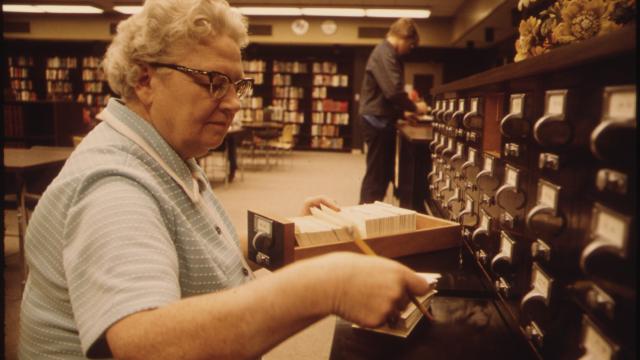
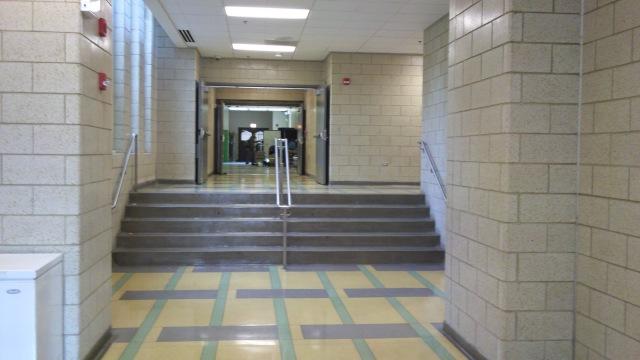









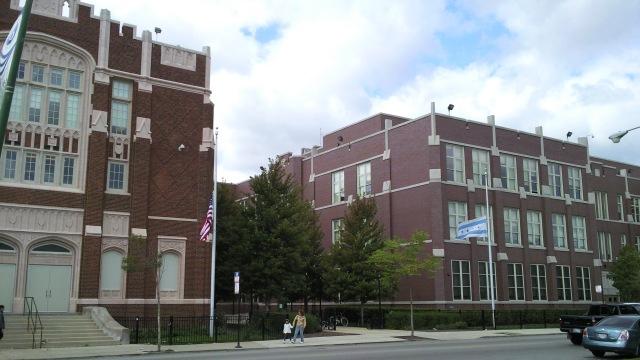

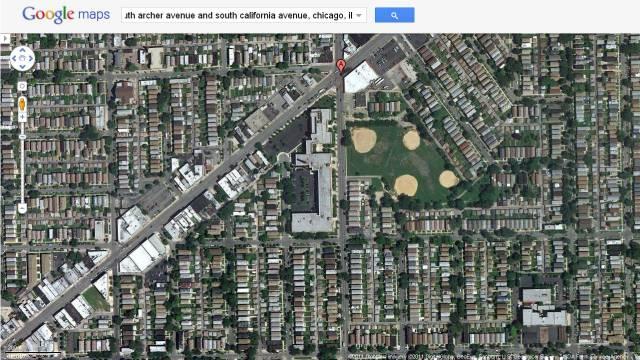















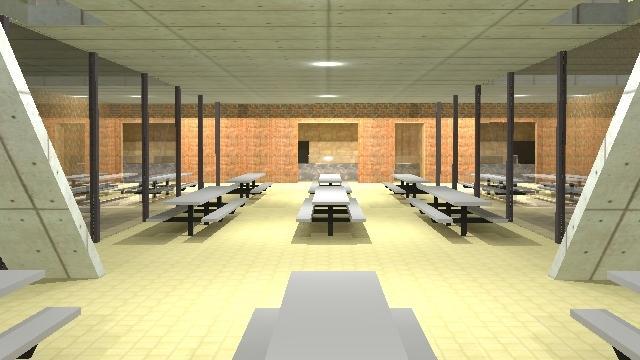

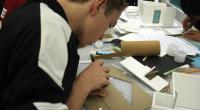




Comments
Excellent! Don't forget in your research to find inspiration to help you to develop a strong concept.
I very much enjoyed reviewing this project as a juror for the final round of the competition. What really stands out for me with your project is how the design evolves through your process and study. The notes and observations made in the research and brainstorming phases are well organized and have a graphic clarity - they communicate your direction and ambitions very well. These are important skills as an architect, and making a good first impression (which you do) meant we were really interested to see how this project developed.
The jury unanimously enjoyed your concept model. To me, I enjoyed the structural "spring" of it - it really looked as though it wanted to open up (like a book), but was held together with the tension members (the strings). This was a very enjoyable part of your design. I regretted that your final model didn't have this same energy - or at least we couldn't see inside it in the images you shared with us. If you had revealed the interior of your project, and shared some "conventional" architectural drawings (beyond the lovely axonometric) in your final design then your project would have been very, very complete.
But be supremely encouraged by this amazing work - congratulations on achieving so much - you were obviously very motivated by the assignment, and demonstrate skills that are going to stand you in great stead as a communicator and problem solver. Your ideas and presentation have an energy that is wonderfully refreshing and uninhibited. You are artful. GREAT JOB. This project was a pleasure to review.
Good luck.
Peter Exley FAIA